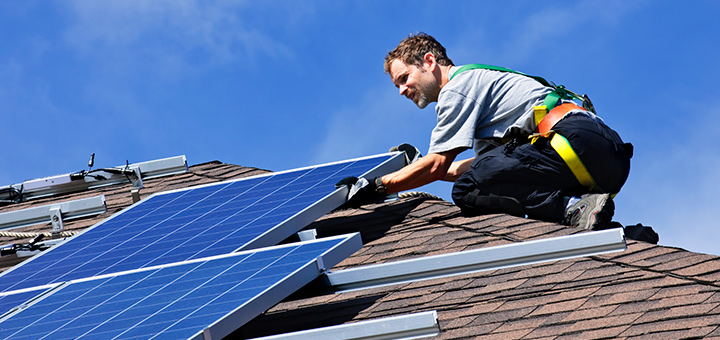Okay, so your solar panels are now installed. What next? Before delving into that, recall the steps you went through beforehand.
First off, you had ample time to choose from a wide selection of solar energy systems. Secondly, the moment you were convinced, you made the purchase. Thirdly, once the package reached your home, your licensed installer took to the metering and grid connection concerns. Now, the most exciting thing happens – once the system is connected to the metre, electricity starts to be generated at that instant!
Yet in reality, the entire process wasn’t easy at all and things were not that instant. For example, your solar power system could not be switched on straight away because a new metre is yet to be installed, right?
Anyhow, those moments during the waiting period would have been better spent at checking the installation – of course, with the help of a certified inspector by your side. You don’t expect a hundred percent of things going smoothly so it’s good to check.
Table of Contents
Inspecting the Installation
Inverters and Isolators
Things like the inverters and isolators need to be inspected if they are safely mounted and have no direct exposure to sunlight for a long time. Shield your rooftop isolator from the heat of the sun. Fortunately, the inverter has an alert mechanism so that if anything goes wrong, you would have known of it immediately. Another thing to watch out for is the isolator if it goes into contact with the rain because it would spell trouble.
Panels and Cables
All solar panels should be neatly arranged on the roof, with the excess rails cropped and with no overhang. Check if the panels are lined up far from the gutter or else, they should not be under 200mm from the roof’s periphery. The cables between panel arrays should go through the roof cavity and not through the electrical conduit that’s exposed to the sun.

Also, check if each panel has four clamps that are 100 to 300mm from every corner. Because if the clamps are very close or very far from the corners, a strong wind can bend them. Now, if this happens, the silicon cells could crack, making them short-lived. Remember, there should be no shade over the panels at all times, no television antenna or roof vents nearby.
Meanwhile, if your solar panels are tilted, check if the tilt-racking legs are placed at the correct angles to the panels as the correct positioning strengthens the assembly. But if you think they’re not positioned right, see diagram from the racking manufacturer’s manual.
Documentation
Ask your installer to provide the full documentation package because this is where to get help in case anything goes wrong. It contains instructions on starting up and shutting down the system safely, besides the contact details for the warranties. If you don’t have this, then you’re going against what the Australian Standard for solar installation is saying. When you see something wrong with your solar panels repairs can be done easily if all activities done to your units have been properly documented.
